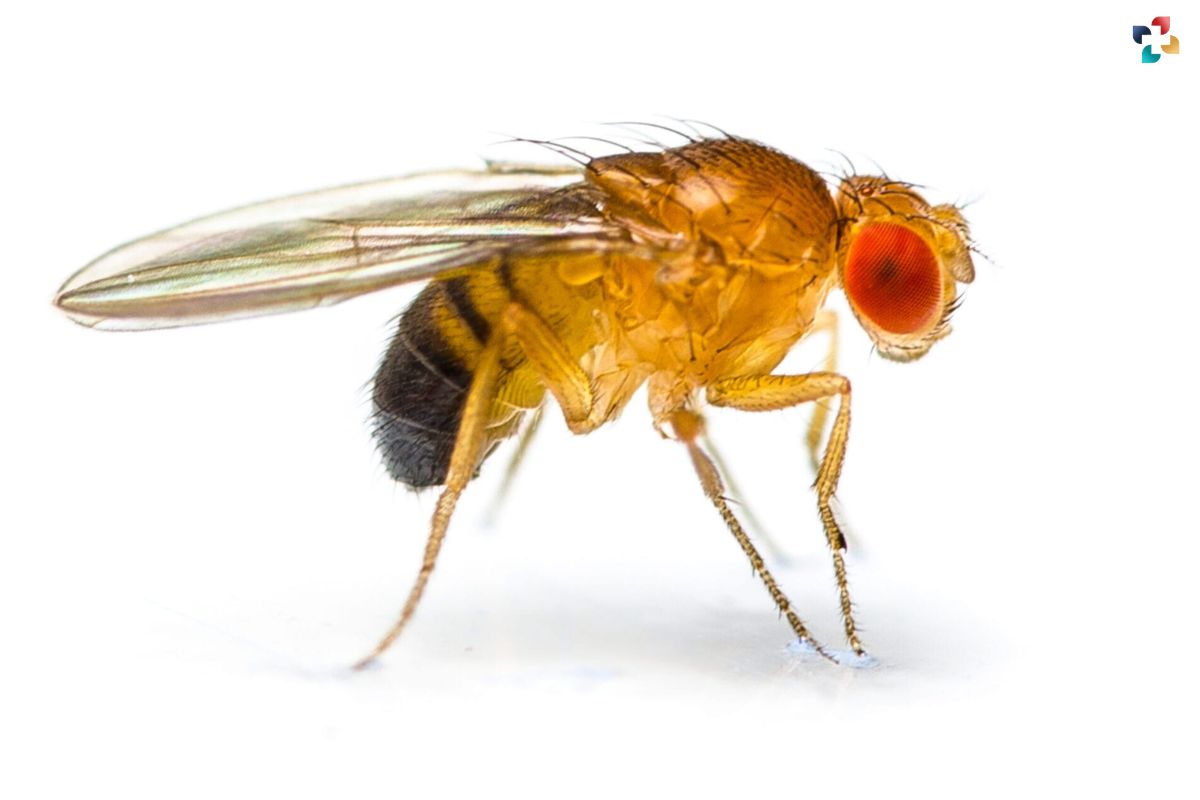Source-Your-Genome
Unraveling the Development Process
UC Riverside researchers have uncovered crucial insights into how cells develop in fruit fly wings, potentially offering clues for addressing human birth defects. If a fruit fly’s wings do not form correctly, the fly cannot survive, making this a critical area of study. Traditionally, biologists examine tissue development at the cellular level, but the UCR team took a different approach. They used some of California’s most powerful supercomputers to simulate the interactions of many cells simultaneously. Their focus was on the mechanical properties of these cells, including elasticity and fluid pressure, and how a specific group of cells known as a ‘wing disc’ divides and transforms into fruit fly wing tissue. Their findings were published in Nature Communications.
“We modeled hundreds of cells, trying to figure out how they interact with each other, in this case to become the fruit fly wing,” said Mark Alber, a distinguished mathematics professor at UCR and senior co-author of the study. Collaborating with bioengineers and quantitative biologists from the University of Notre Dame, the researchers observed that the wing disc starts uniformly curved during early development stages but later becomes asymmetrical, with the top maintaining its curvature while the bottom flattens out.
Role of Actomyosin in Development
Understanding the shape transformation is crucial since improper development means the flies won’t survive. Jennifer Rangel Ambriz, a UCR mathematics doctoral student and paper co-first author, explained that the fruit fly wing disc transitions from a flat shape to a curved, rainbow-like form, with the top remaining curved and the bottom flattening out. The researchers discovered that a subcellular structure called actomyosin is pivotal in this process, particularly in flattening the lower wing disc. Actomyosin, a dynamic network of actin fibers, influences cell stiffness and height, driving the nuclei back and forth during cell division and growth.
“For a cell to divide, the nucleus has to move into the top region of a cell, and it does so based on the actomyosin network,” Rangel Ambriz explained. She likened it to squeezing a tube of toothpaste: pressing the bottom moves the contents to the top. Actomyosin also connects to the extracellular matrix (ECM), composed of collagen, which helps cells adhere and maintain proximity during division. The ECM’s flexibility or stiffness significantly impacts tissue shape and development.
Future Research and Applications
The research team aims to further explore the genetic and chemical signals influencing actomyosin. While mechanical factors like cell pressure and membrane surface tension affect tissue shape, chemical signals likely play a significant role. Funded by a National Science Foundation grant, the project involves principal investigator Mark Alber and co-investigators Weitao Chen of UCR and Jeremiah J. Zartman and Alexander Dowling of the University of Notre Dame. Their ultimate goal is to identify mechanisms that help restore damaged tissues to normal function.
“In the embryo, if you cut a cell or even several cells, the tissue still goes on to develop as it should,” Alber noted. This knowledge could extend beyond fruit flies, potentially enabling tissue regeneration in humans or animals. The team is optimistic that their findings might also correct human tissue formation defects. “Our fly models may allow us to connect the factors that control tissue development to specific genes, identify ones that are promoting certain birth defects, and eventually reprogram or correct them,” Rangel Ambriz said.
By understanding the development of fruit fly wings, researchers hope to uncover new ways to address and potentially correct developmental issues in humans, paving the way for innovative treatments for birth defects.
Also Read: Insights from Genomic Analysis: Butterfly and Moth Chromosomes Unchanged Across Millennia











